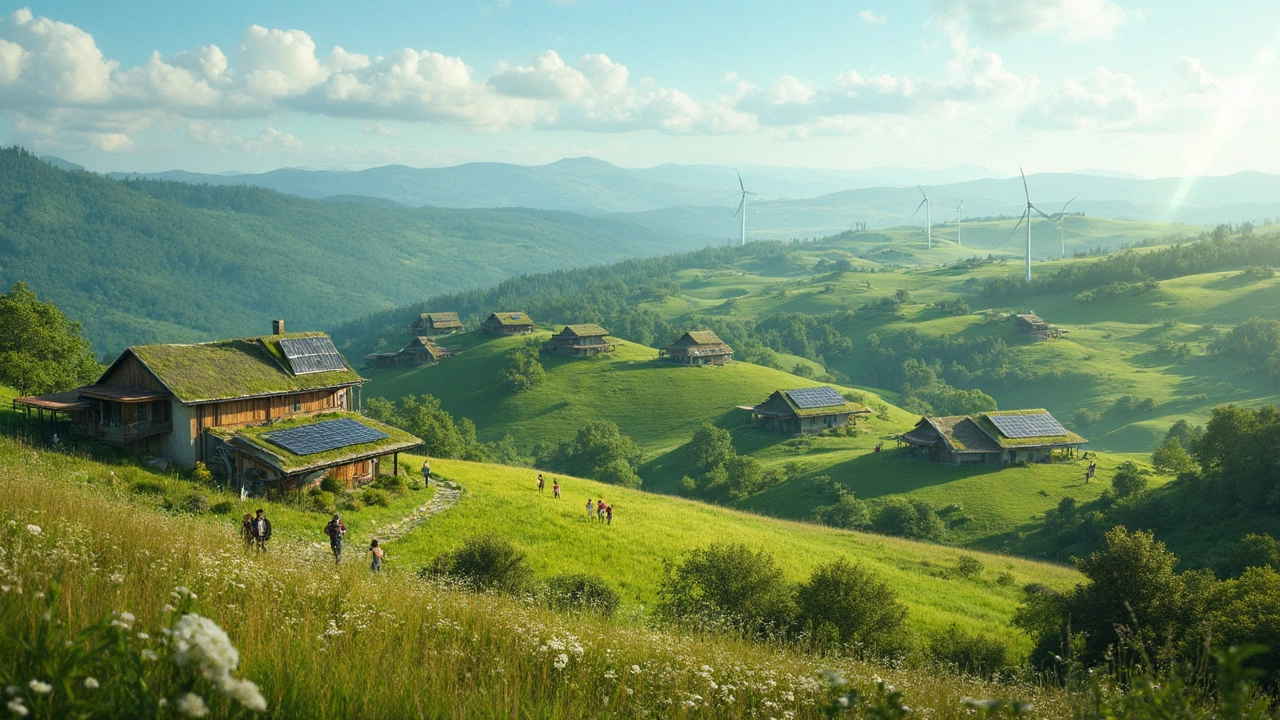Greenest State Guides: Eco-Friendly Stays and Sustainable Travel Tips
Looking for a place that’s truly green? Whether you’re into glamping, a cosy cottage, or a tiny house, the UK has loads of options that won’t trash the planet. In this guide we’ll point out the best eco‑friendly stays, show you how to spot sustainable building, and give quick tips to keep your travel low‑impact.
Eco‑Friendly Glamping and Camping
Glamping has gone from novelty to a serious green movement. Sites that use solar panels, composting toilets, and locally sourced timber let you enjoy nature without leaving a big carbon footprint. When you book, check the bathroom type – a composting toilet is a good sign the host cares about waste. Bring reusable dishes and a refillable water bottle, and you’ll cut down on single‑use plastics instantly.
Want to know if a glamping tent has a proper toilet? Look for listings that mention “ensuite glamping” or “eco‑friendly bathroom”. Those setups usually include a small shower and a sealed composting system that keeps odors down and nutrients in the soil.
Sustainable Cottages and Tiny Houses
Country cottages can be green too. Look for homes built with natural insulation, reclaimed wood, or straw‑bale walls. These materials lower energy use and keep the building breathable. If a cottage advertises “green construction”, ask about the heating source – a wood‑burning stove or heat pump is a better match than old‑style oil boilers.
Tiny houses are another smart choice. Their small footprint means fewer resources are needed, and many owners install solar roofs and rainwater collection. The lifespan of a tiny house depends on material quality and upkeep, so ask the owner about regular maintenance and how the house handles different weather conditions.
For the ultra‑eco enthusiast, the “Eco‑Friendly Cottage” guide walks you through site selection, energy‑saving tricks, and water‑management ideas. It’s a handy checklist if you plan to stay longer or even build your own retreat.
One thing to avoid is building with non‑sustainable materials like PVC or cheap particle board. These products release toxins and often end up in landfill quickly. Choosing a cottage that highlights “eco‑friendly building” means the owner likely avoided those pitfalls.
When you’re packing, think minimal. A simple sleepwear set, a warm layer, and a sturdy pair of boots are all you need for most glamping spots. You’ll stay comfy and reduce the amount of laundry you have to do.
Traveling green isn’t just about the place you stay – it’s also about how you get there. Trains and buses usually have lower emissions than driving, and many rural stations are a short bike ride from the cottage or glamping site.
Finally, keep an eye on local discounts. Some National Trust cottages offer a small perk for members, especially on last‑minute bookings. While the savings aren’t huge, they add up when you’re trying to stretch a budget on a sustainable holiday.
Bottom line: the greenest state experience is a mix of smart accommodation choices, simple packing, and mindful transport. Use the tips above to find a spot that feels luxurious, low‑impact, and truly in tune with the British countryside. Happy eco‑traveling!
